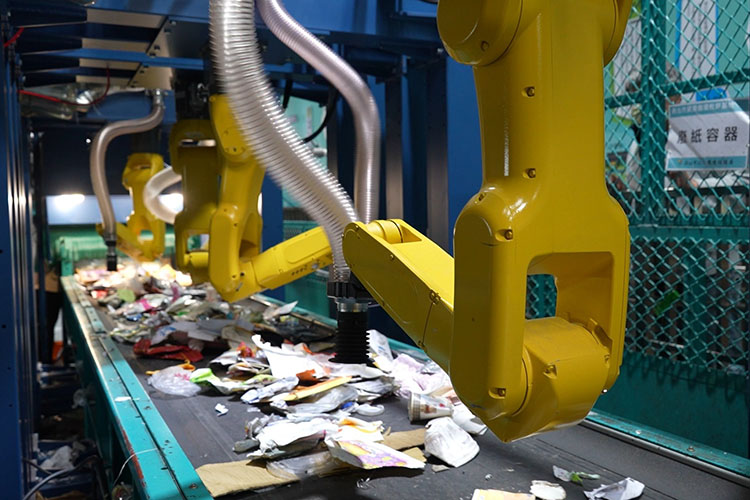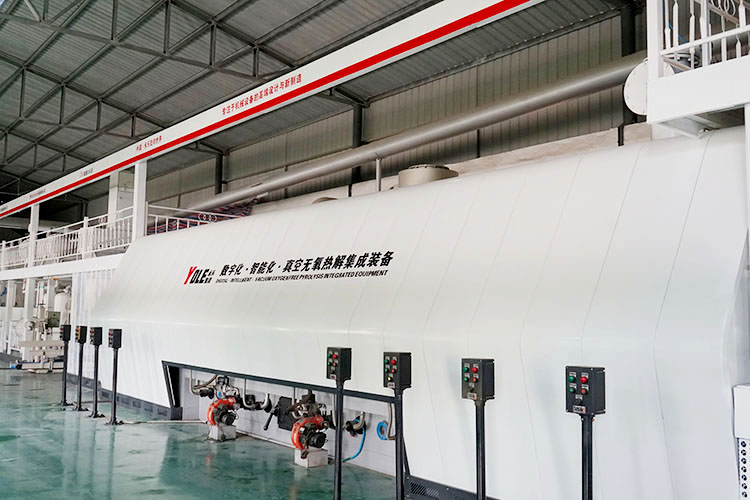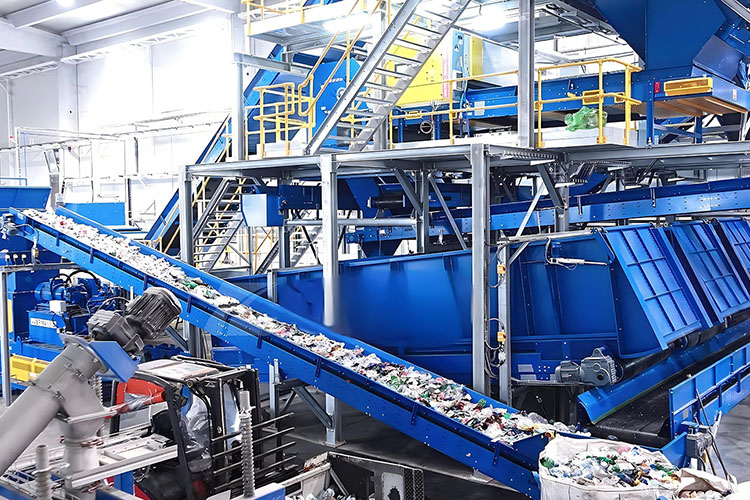The anaerobic pyrolysis equipment for household waste plays a crucial role in modern urban life, undertaking the task of treating and disposing of various waste generated in daily life. Its processing range is very broad, covering various types of waste such as kitchen waste, recyclable waste, hazardous waste, other waste, and large waste.
In daily life, kitchen waste is the most common type of garbage, mainly including organic matter such as leftovers, rice peels, and vegetables. These wastes have high moisture and organic matter content, and if not properly treated, they can easily cause odors, attract mosquitoes, and breed bacteria. Therefore, kitchen waste treatment equipment has emerged, which can quickly decompose these organic substances through mechanical and biological treatment technologies, and even convert them into organic fertilizers for horticulture and agriculture, reducing the pollution of waste to the environment.

In addition to kitchen waste, daily life also generates a large amount of recyclable waste, such as paper, plastic, metal, and glass. This type of garbage has the value of reuse and is therefore processed by specialized recycling equipment. The recycling equipment first automatically sorts the garbage, separates items of different materials, and then sends them to the recycling plant for further processing through steps such as compression and packaging. This not only saves resources, but also reduces the land occupation caused by landfill.
Garbage pyrolysis is a technology that uses high temperatures to decompose organic matter into gases, liquids, and solids. Unlike incineration, the pyrolysis process is carried out under anaerobic or anaerobic conditions, so it does not produce harmful gases such as dioxins, making it more environmentally friendly. The products of pyrolysis mainly include combustible gases, liquid oil, and solid residues. These products not only reduce the volume of waste, but also can be used as energy or raw materials to achieve secondary utilization of resources.

In the process of garbage pyrolysis, the garbage is first pretreated, such as crushing, drying, etc., in order to improve pyrolysis efficiency. Then, the garbage is sent into the pyrolysis reactor, where pyrolysis reactions occur at high temperatures. During the reaction process, organic matter in the garbage decomposes into small molecule compounds, forming combustible gases, liquid oil, and solid carbonaceous residues. The main components of combustible gases are hydrogen, carbon monoxide, methane, etc. These gases can be directly used for power generation or heating, and have high energy utilization value. Liquid oil can be further processed and converted into fuel oil, which is widely used in industrial combustion equipment. Solid carbonaceous residues can be used as industrial raw materials or for soil improvement.

Overall, anaerobic pyrolysis equipment for household waste covers the comprehensive treatment needs from kitchen waste to large waste through various technological means. They not only help cities achieve waste reduction, harmlessness, and resource utilization, but also play an important role in protecting the environment and conserving resources. With the continuous advancement of technology, the processing capacity and efficiency of household waste treatment equipment will also be further improved, providing a solid guarantee for building a greener and more sustainable urban life.
Yongle Environmental Protection is mainly engaged in the research and development, production and sales of complete sets of technical equipment for organic solid waste disposal and comprehensive utilization. Production and manufacturing, domestic waste treatment equipment, tire pyrolysis equipment, medical waste disposal equipment, hazardous waste disposal equipment, and achieve efficient and comprehensive utilization of resources through independently developed low-temperature anaerobic pyrolysis equipment technology solutions.
Tags:Types and functions of anaerobic pyrolysis equipment for household waste treatment,Anaerobic pyrolysis equipment for household waste,YONGLE GROUP
 Latest news
Latest news


























